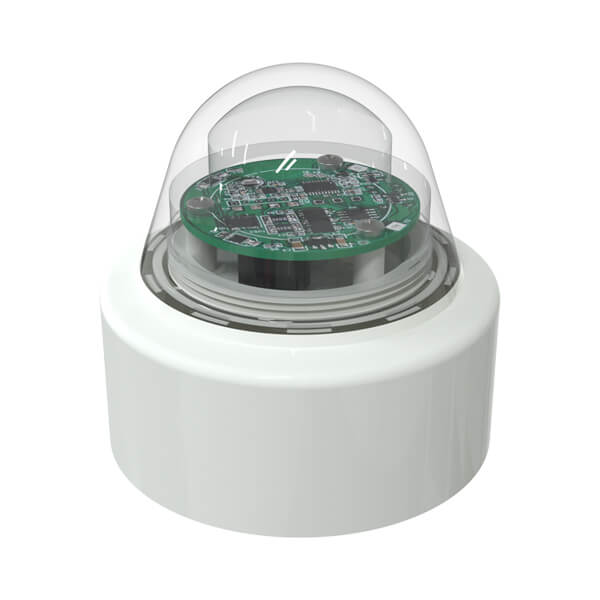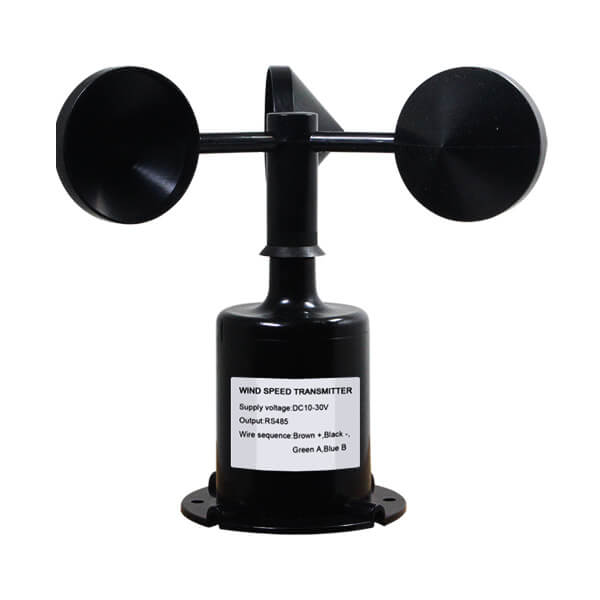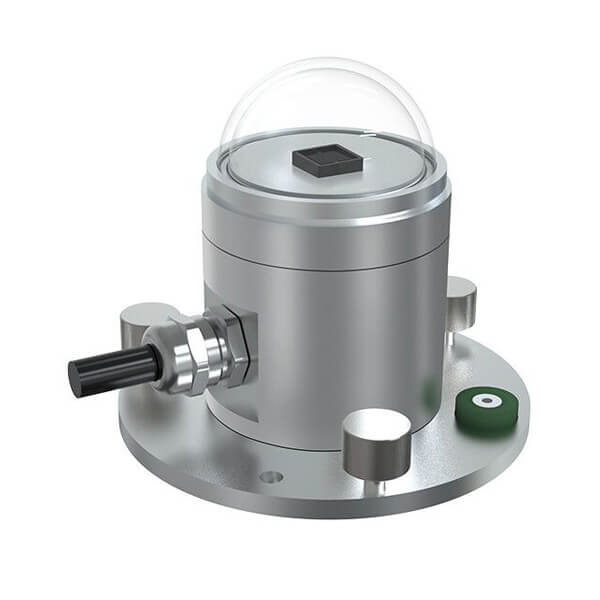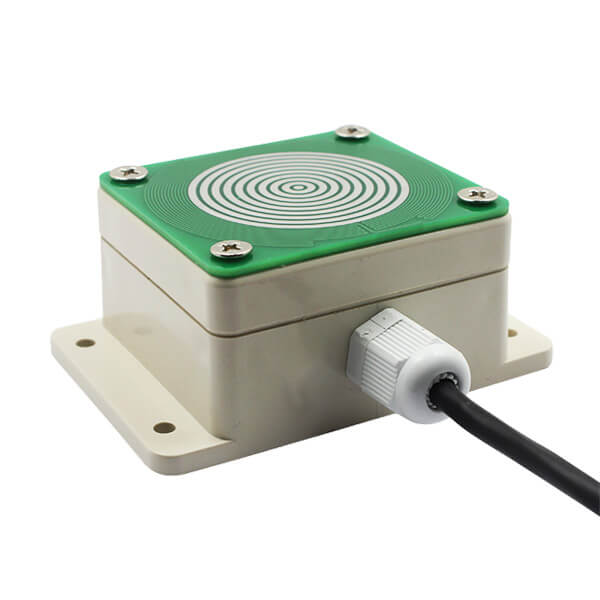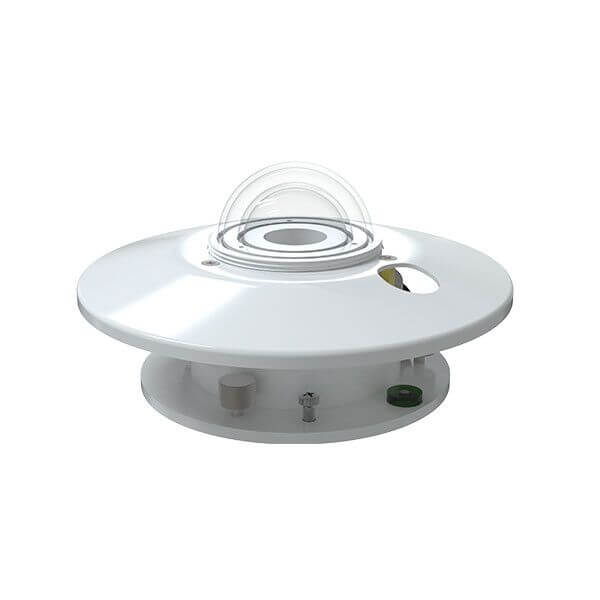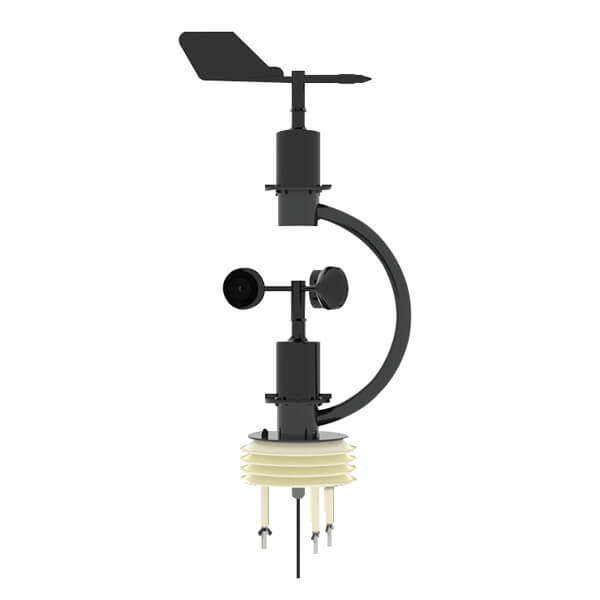Table of Contents What are meteorological sensors? Meteorological sensors are specialized equipment for understanding and measuring climate change. These sensors
Optical Rain Gauge
The Renke optical rain gauge series is a reliable and cost-effective choice for precipitation measurement. The overall size of the optical rain gauge is about the size of a tennis ball, and the internal sensor is completely sealed from the external environment. The delivery comes with mounting brackets that can be easily installed on weather stations, street lights and other infrastructure.
- Model: RS-GYL-*-1-EX
- MOQ: 1 PCS
- Delivery date: within 24 hours
- Price: $52.4
About - Optical rain gauge
Our optical rain sensor has RS485 signal output and pulse-type signal output. Among them, the RS485 output optical rain sensor can be combined with a small ultrasonic anemometer to form an ultrasonic weather station.
Working principle
When raindrops pass through the sampling space, the raindrops will block the laser, and the light signal received by the receiving sensor and the electrical signal (such as voltage or current) converted from the light signal will change. When the raindrop passes through the sampling space, it will receive the electrical signal from the sensor. Restore the previous state. When the raindrops traverse the sampling space, the electrical signals of the receiving sensor are processed, and the time for the raindrops to traverse the sampling space can be obtained.


Optical rain gauge parameters
Sense of rain diameter: 6CM
Power supply voltage: 9~30V DC
Power consumption: <0.24W (12V DC, current less than 20mA)
Resolution: 0.1mm
Accuracy: ±5%
Maximum instantaneous rainfall: 24mm/min
Output mode: RS485 or Pulse
Working environment: -40~60℃, 0~99% (non-condensing)
Working pressure range: standard atmospheric pressure ±10%
Types - Renke rain gauge
Renke is a product manufacturer with 15 years of experience. We can not only provide you with high-quality products, but also provide software and hardware customization services. Welcome to leave us a message.
Tipping bucket material: ABS plastic
Accuracy: ≤±7%
Resolution: 0.5mm
Height: 260mm
Rain-bearing mouth material: ABS plastic
Output: RS485/0-5V/0-10V/4-20mA/Pulse
Tipping bucket material: ABS plastic
Accuracy: ≤±3%
Resolution: 0.2mm or 0.5mm
Height: 330mm
Rain-bearing mouth material: ABS plastic
Output: RS485/0-5V/0-10V/4-20mA/Pulse
Tipping bucket material: stainless steel
Accuracy: ≤±3%
Resolution: 0.2mm or 0.5mm
Height: 330mm
Rain-bearing mouth material: 304 stainless steel
Output: RS485/0-5V/0-10V/4-20mA/Pulse
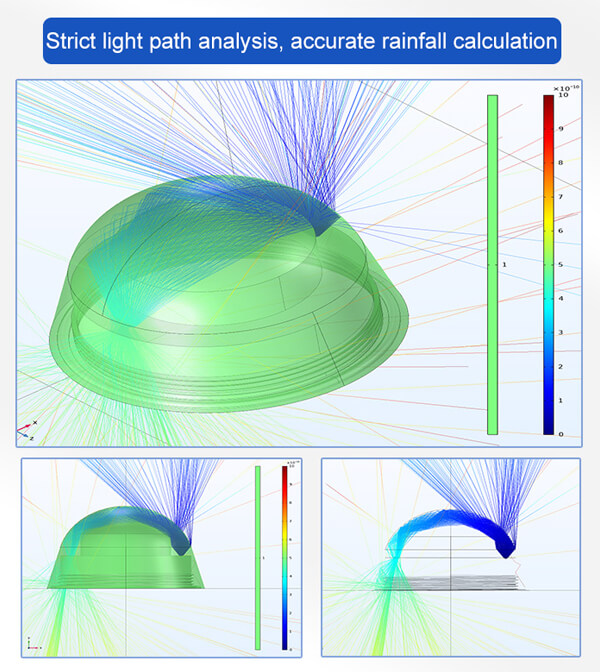
Optical rain gauge advantages
Compared with the tipping bucket rain gauge: the optical rain gauge is small in size, simple to install, and easy to maintain. The optical rain gauge uses electronic optics and a series of microelectronic filtering, amplification, and detection technologies. This principle has the advantage of sensitivity. During installation, because the optical rain gauge is non-mechanical and non-contact measurement, there is no horizontal installation requirement, so the installation is simple and the subsequent maintenance is also convenient. The shell has smooth lines and an easy-to-maintain design, which is not easily blocked by fallen leaves.
Optical rain gauge maintenance
- Before installing the optical rain sensor, it must be ensured that the surface of the cover is dry. Any water droplets will cause measurement errors. You can choose to use some desiccant in it.
- If the optical rain gauge is kept outdoors for a long time and the operating environment is harsh, the surface of the optical rain gauge should be kept clean, often wiped with a soft cloth, the rain gauge should be cleaned once a month for long-term work and must be cleaned once every three months.
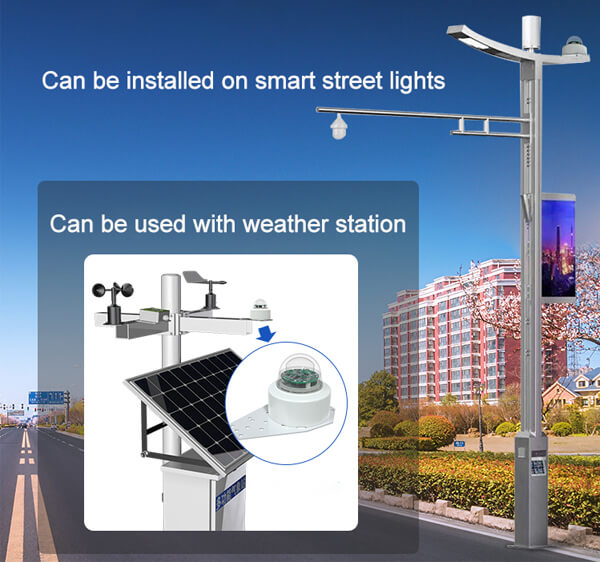
Related blogs
With the development of Internet of Things technology, sensors and wireless transmission technology are widely used in smart agriculture. Smart
The main purpose of environmental monitoring is to provide data on environmental quality and changing trends to ensure the safety
The weather sensors are the sensing end of the weather station and collect various weather-related data. The weather station can
Table of Contents What is IoT? IoT is the “Internet of things“. It is an extended and expanded network based
The weather station can provide users with comprehensive weather information over the years. Regular maintenance of weather stations is an
What is a tipping bucket rain gauge? A tipping bucket rain gauge is one of the most standard sensor used
A complete set of a weather station is composed of two parts: hardware and software. The hardware part includes various
Table of Contents A sensor is a device that can sense the measured information and transform it into an electrical
Rain gauge is a professional instrument for measuring precipitation in a certain area over a period of time. The more
At present, tipping bucket rain gauges, siphon rain gauges, ultrasonic rain gauges, etc. are more common in meteorological monitoring. They

